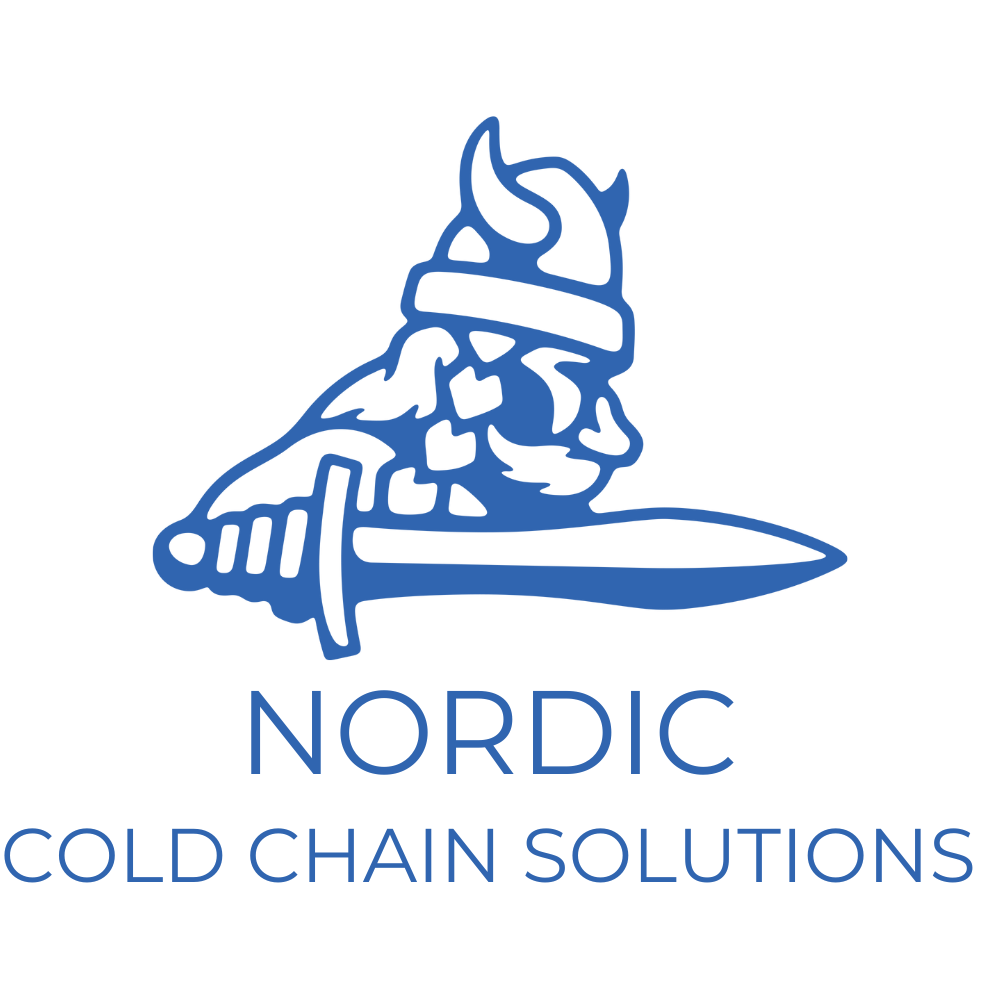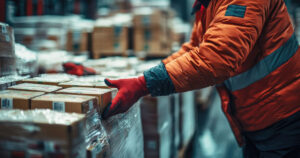Shipping frozen food presents a unique set of challenges, particularly when it comes to maintaining product quality. One of the biggest threats during transit is freezer burn, which occurs when ice crystals form on the surface of frozen food due to fluctuating temperatures. This not only impacts the texture and taste of the food but can also result in a poor customer experience.
At Nordic Cold Chain Solutions, we specialize in cold chain solutions that ensure frozen food reaches its destination in pristine condition. From insulated containers to dry ice and phase change materials (PCMs), we provide proven strategies to stabilize temperatures and protect food integrity.
Understanding Freezer Burn in Frozen Food Shipping
Freezer burn happens when frozen food is exposed to fluctuating temperatures, causing moisture to escape and form ice crystals on the surface. This results in:
- Texture degradation: Meat and seafood become tough and dry.
- Loss of flavor: Oxygen exposure alters the taste of frozen food.
- Compromised appearance: Discoloration and frost buildup reduce product appeal.
In cold chain logistics for frozen foods, preventing freezer burn is essential to maintaining customer satisfaction and compliance with food safety regulations. Fortunately, effective cold chain strategies can mitigate these risks.
Cold Chain Strategies to Prevent Freezer Burn
Ensuring that frozen food stays at a consistently low temperature requires a combination of advanced insulation, temperature-regulating materials, and proper packaging. Below are the best cold chain solutions to prevent freezer burn and maintain food quality during transit.
1. Use Insulated Shipping Containers
 Insulated containers play a critical role in maintaining stable temperatures during frozen food shipping. The right packaging helps prevent exposure to external temperature fluctuations, reducing the risk of freezer burn.
Insulated containers play a critical role in maintaining stable temperatures during frozen food shipping. The right packaging helps prevent exposure to external temperature fluctuations, reducing the risk of freezer burn.
- EPS (Expanded Polystyrene) Shipping Coolers – Ideal for short-duration shipments, these lightweight yet effective coolers provide thermal protection against temperature shifts.
- PUR (Polyurethane) Shippers – Designed for longer transit times, PUR shippers offer superior insulation, keeping frozen food at optimal temperatures.
- Pallet Shippers – Best suited for bulk shipments, pallet shippers are equipped with insulation layers to keep large quantities of frozen food stable during transit.
2. Incorporate Dry Ice for Ultra-Cold Temperatures
Dry ice is one of the most effective cooling agents for frozen food shipping. With a temperature of -109.3°F (-78.5°C), dry ice sublimates into gas instead of melting, making it an excellent choice for shipments requiring ultra-low temperatures.
Best practices for using dry ice in frozen food shipments:
- Ensure dry ice is properly vented to prevent pressure buildup.
- Combine dry ice with insulated shippers to maximize its effectiveness.
- Use an adequate amount based on transit duration and external temperature conditions.
3. Leverage Phase Change Materials (PCMs) for Consistent Cooling
Phase change materials (PCMs) are innovative cooling solutions that help maintain stable temperatures within cold chain logistics for frozen foods. These materials absorb and release thermal energy, ensuring that frozen products remain within their ideal temperature range.
- PCMs can be tailored to specific temperature requirements, making them a reliable alternative to dry ice for shipments with strict thermal needs.
- They provide a sustainable and reusable solution for long-term frozen food shipping.
4. Minimize Air Space Inside Packaging
Empty air space inside a package can accelerate temperature fluctuations, increasing the risk of freezer burn. By minimizing excess air, packaging can maintain a more consistent cold environment.
- Use properly sized insulated shipping containers to reduce air pockets.
- Add frozen gel packs to fill gaps and help regulate temperature.
- Vacuum-seal products to limit oxygen exposure and further prevent freezer burn.
5. Monitor Temperatures with Data Loggers
 Maintaining a continuous cold chain is crucial for quality assurance. Temperature and data loggers track shipping conditions in real-time, ensuring that products remain within safe temperature limits.
Maintaining a continuous cold chain is crucial for quality assurance. Temperature and data loggers track shipping conditions in real-time, ensuring that products remain within safe temperature limits.
- These devices provide real-time temperature monitoring, allowing quick corrective actions if fluctuations occur.
- Data loggers ensure compliance with industry regulations for frozen food storage and transportation.
6. Implement Proper Handling Procedures
Even with the best cold chain solutions, improper handling can compromise frozen food quality. To maintain product integrity:
- Reduce the time frozen shipments spend outside of temperature-controlled environments during loading and unloading.
- Train personnel on best practices for handling and storing frozen shipments to minimize exposure to warm air.
- Ensure delivery vehicles maintain proper freezer temperatures throughout transit.
Secure Your Frozen Food Shipments with Nordic Cold Chain Solutions
Preventing freezer burn and maintaining quality in frozen food shipping requires an optimized cold chain strategy. At Nordic Cold Chain Solutions, we specialize in industry-leading cold chain logistics for frozen foods, providing insulated containers, dry ice solutions, phase change materials, and temperature monitoring tools to ensure your frozen products arrive in peak condition.






